Home>Furniture & Design>Outdoor Furniture>How To Make An Outdoor Basketball Court
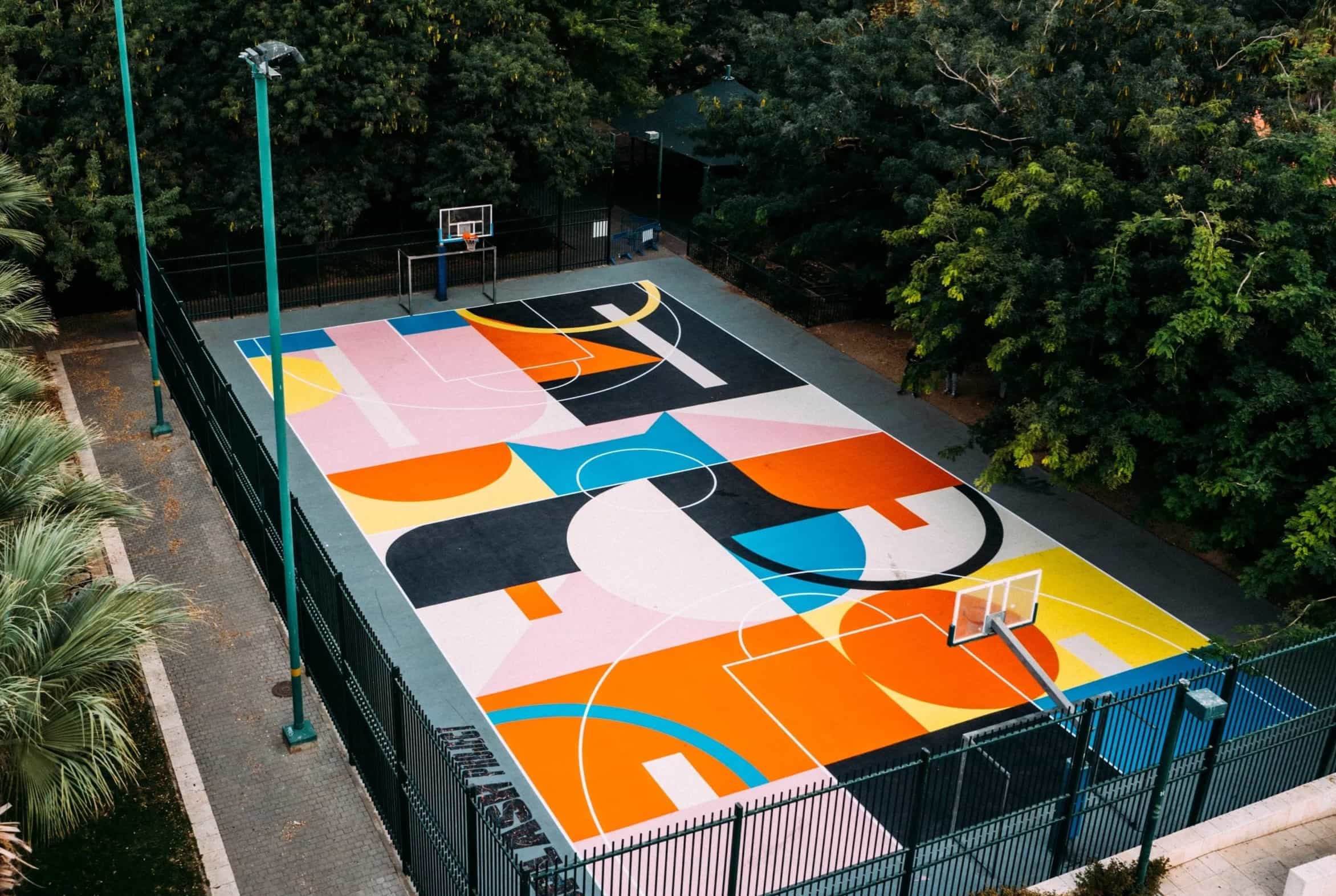

Outdoor Furniture
How To Make An Outdoor Basketball Court
Modified: February 12, 2024
Learn how to create the ultimate outdoor basketball court with our expert tips and design ideas. Transform your outdoor space with the best outdoor furniture and design.
(Many of the links in this article redirect to a specific reviewed product. Your purchase of these products through affiliate links helps to generate commission for Storables.com, at no extra cost. Learn more)
Choosing the Right Location
When it comes to creating an outdoor basketball court, selecting the ideal location is paramount. The chosen area should not only accommodate the dimensions of a standard court but also provide a safe and enjoyable playing environment. Here are some essential factors to consider when choosing the right location for your outdoor basketball court:
-
Space and Dimensions: The first step in selecting a location is ensuring that there is ample space to accommodate the dimensions of a standard basketball court. A full-size court measures 94 feet in length and 50 feet in width, while a half-court is typically 47 feet by 50 feet. It's crucial to choose a location that can accommodate these dimensions without overcrowding the surrounding area.
-
Surface Quality: The quality of the ground surface is another crucial consideration. Ideally, the chosen location should have a flat and even surface to ensure a safe playing environment. Additionally, the surface material should be durable and suitable for basketball activities. Concrete or asphalt surfaces are popular choices due to their durability and low maintenance requirements.
-
Accessibility and Safety: The location should be easily accessible to players and spectators. It's essential to consider factors such as parking availability, proximity to amenities, and potential obstacles that may affect safety, such as nearby roads or hazardous terrain. Ensuring that the location is easily reachable and free from potential safety hazards is vital for creating a pleasant and secure playing environment.
-
Sunlight and Shade: While outdoor basketball is an enjoyable activity, prolonged exposure to direct sunlight can be uncomfortable for players and spectators. Therefore, it's beneficial to choose a location that offers a balance of sunlight and shade. This can be achieved by considering the orientation of the court in relation to the sun and the presence of natural shade from nearby trees or structures.
-
Noise and Disturbances: Selecting a location that minimizes potential disturbances from surrounding noise sources is important for creating an optimal playing experience. Avoiding areas near busy roads, industrial facilities, or other sources of excessive noise can contribute to a more peaceful and focused playing environment.
By carefully considering these factors, you can select a location that not only accommodates the physical requirements of an outdoor basketball court but also enhances the overall playing experience for participants and spectators alike. The next step in the process involves preparing the ground to ensure a solid foundation for the court.
Key Takeaways:
- Choose a spacious, flat, and accessible location for your outdoor basketball court to ensure safety and an enjoyable playing environment. Consider sunlight, noise, and space for a top-notch court.
- Prepare the ground carefully, install high-quality hoops and backboards, mark the court lines accurately, and add finishing touches to create a professional and inviting outdoor basketball court.
Preparing the Ground
Before embarking on the construction of an outdoor basketball court, it is crucial to properly prepare the ground to ensure a stable and durable foundation. The following steps outline the essential aspects of ground preparation:
-
Clearing the Area: The first step in ground preparation involves clearing the chosen location of any debris, vegetation, or obstacles that may impede the construction process. Clearing the area creates a clean slate for the subsequent ground preparation activities.
-
Leveling the Surface: Achieving a level playing surface is essential for the safety and performance of the basketball court. This involves using appropriate tools and techniques to ensure that the ground is uniformly level and free from any unevenness or bumps.
-
Drainage Considerations: Proper drainage is crucial to prevent water accumulation on the court surface, which can lead to safety hazards and premature deterioration. Assessing the natural drainage patterns of the area and implementing necessary measures, such as grading the surface or installing drainage systems, can help mitigate potential water-related issues.
-
Subbase Preparation: Creating a stable subbase is fundamental to the long-term durability of the basketball court. This typically involves compacting a layer of aggregate material to provide a solid foundation for the subsequent layers of the court construction.
-
Surface Material Selection: Choosing the appropriate surface material is a critical decision in ground preparation. The selected material should be suitable for outdoor sports activities, provide adequate traction, and withstand the rigors of basketball play. Common options include concrete, asphalt, and specially designed modular court tiles.
By meticulously addressing these ground preparation considerations, you can lay the groundwork for a high-quality outdoor basketball court that offers stability, safety, and optimal playing conditions. The next phase involves the installation of the hoop and backboard, essential components that define the court’s functionality and appeal.
Installing the Hoop and Backboard
One of the most defining features of an outdoor basketball court is the hoop and backboard assembly. Proper installation of these components is essential to ensure a professional and enjoyable playing experience. Here are the key steps involved in installing the hoop and backboard:
-
Hoops and Backboard Selection: Before installation, it’s important to select high-quality hoops and backboards that are designed for outdoor use. Consider factors such as durability, weather resistance, and compatibility with the court’s dimensions and design.
-
Mounting System: The method of attaching the hoop and backboard to a support structure is a critical consideration. Common mounting systems include direct wall-mounting, pole-mounted systems, and adjustable height mechanisms. The chosen system should provide stability and adjustability to accommodate players of different ages and skill levels.
-
Support Structure Installation: Depending on the chosen mounting system, the installation of a sturdy support structure is necessary. This may involve securely anchoring a pole or attaching a mounting bracket to a solid wall surface. Ensuring the stability and integrity of the support structure is essential for safe and reliable hoop and backboard functionality.
-
Backboard Attachment: Attaching the backboard to the support structure requires precision and attention to detail. Proper alignment, secure fastening, and the use of appropriate hardware are essential to ensure the stability and performance of the backboard during play.
-
Hoop Installation: Mounting the hoop to the backboard assembly is a crucial step. The hoop should be securely attached, and the rim height should conform to standard regulations, typically 10 feet for official play. Adjustable height mechanisms should be carefully installed and tested for smooth and reliable operation.
By meticulously following these installation steps, you can ensure that the hoop and backboard components are seamlessly integrated into the outdoor basketball court, providing a professional and authentic playing experience. The next phase involves marking the court lines, a critical aspect that defines the boundaries and layout of the playing area.
When making an outdoor basketball court, make sure to use durable materials like concrete or asphalt for the playing surface. This will ensure the court can withstand the elements and heavy use over time.
Marking the Court Lines
Marking the court lines is a crucial step in the construction of an outdoor basketball court, as it defines the boundaries and layout of the playing area. Properly executed court markings not only enhance the visual appeal of the court but also ensure adherence to standard regulations and facilitate organized gameplay. Here are the essential considerations for marking the court lines:
-
Regulatory Specifications: Familiarize yourself with the official regulations and dimensions for marking a standard basketball court. This includes the accurate placement and dimensions of the free-throw line, three-point line, key area, and center circle. Adhering to these specifications is essential for creating a professional and regulation-compliant playing surface.
-
Marking Materials: Selecting high-quality marking materials is crucial for durability and visibility. Common options include specialized court paint, pre-made court line tapes, or modular court tiles with integrated markings. The chosen materials should provide clear and long-lasting lines that withstand outdoor conditions and intense gameplay.
-
Accuracy and Precision: Careful measurement and precise marking techniques are essential for achieving accurate court lines. The use of appropriate tools, such as measuring tapes, chalk lines, or stencils, can help ensure that the markings are straight, evenly spaced, and aligned according to regulatory standards.
-
Court Layout Considerations: Beyond the basic boundary lines, consider additional court markings that enhance gameplay and organization. This may include marking the key area, three-point line, center circle, and other relevant court features. Clear and visually distinct markings contribute to a professional and aesthetically pleasing court layout.
-
Customization and Personalization: Depending on personal preferences and design choices, consider the opportunity for customization within the court markings. This may involve incorporating team logos, sponsor names, or unique graphics within the court layout, adding a personalized touch to the playing surface.
By meticulously addressing these considerations, you can ensure that the court lines are accurately marked, visually appealing, and compliant with regulatory standards, providing a professional and organized playing environment. The final phase involves adding the finishing touches to complete the outdoor basketball court construction.
Adding the Finishing Touches
As the construction of an outdoor basketball court nears completion, attention to detail in adding the finishing touches is essential to create a polished and inviting playing environment. These final steps not only enhance the functionality of the court but also contribute to its overall aesthetic appeal. Here are the key aspects to consider when adding the finishing touches to an outdoor basketball court:
-
Surface Maintenance: Prior to the court’s official debut, ensure that the playing surface is thoroughly cleaned and maintained. This may involve sweeping away debris, pressure washing the surface, and addressing any surface imperfections to provide a pristine and safe playing area.
-
Court Accessories: Consider the inclusion of essential court accessories such as basketball storage units, seating benches, and scorekeeping equipment. These additions contribute to the functionality and convenience of the court, enhancing the overall player experience.
-
Player Amenities: Providing player amenities such as water stations, shade structures, and designated rest areas can significantly improve the comfort and enjoyment of those utilizing the court. Access to basic amenities enhances the overall appeal and usability of the outdoor basketball facility.
-
Landscaping and Surroundings: The surrounding area of the court can be enhanced through thoughtful landscaping and aesthetic improvements. This may involve the addition of greenery, decorative fencing, or personalized signage to create an inviting and visually appealing space.
-
Lighting Considerations: If the court will be utilized during evening hours, adequate lighting is essential for safety and extended playtime. Installing high-quality, energy-efficient lighting fixtures ensures optimal visibility and security for nighttime gameplay.
By diligently addressing these final touches, you can elevate the outdoor basketball court from a mere playing surface to a well-rounded and inviting recreational space. The culmination of these efforts results in a professionally constructed and thoughtfully appointed outdoor basketball court, ready to provide countless hours of enjoyment and athletic activity for players and enthusiasts alike.
Frequently Asked Questions about How To Make An Outdoor Basketball Court
Was this page helpful?
At Storables.com, we guarantee accurate and reliable information. Our content, validated by Expert Board Contributors, is crafted following stringent Editorial Policies. We're committed to providing you with well-researched, expert-backed insights for all your informational needs.
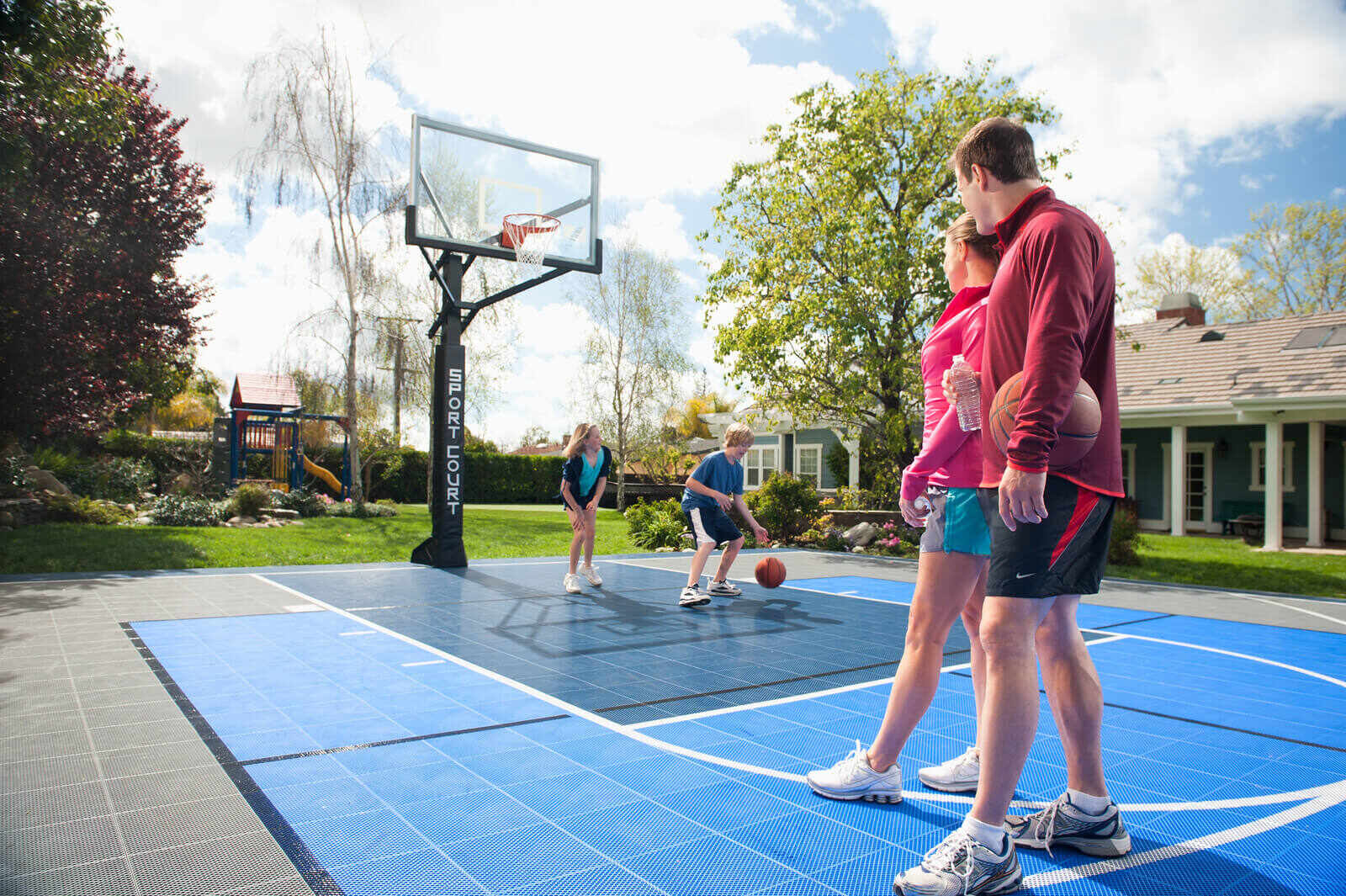
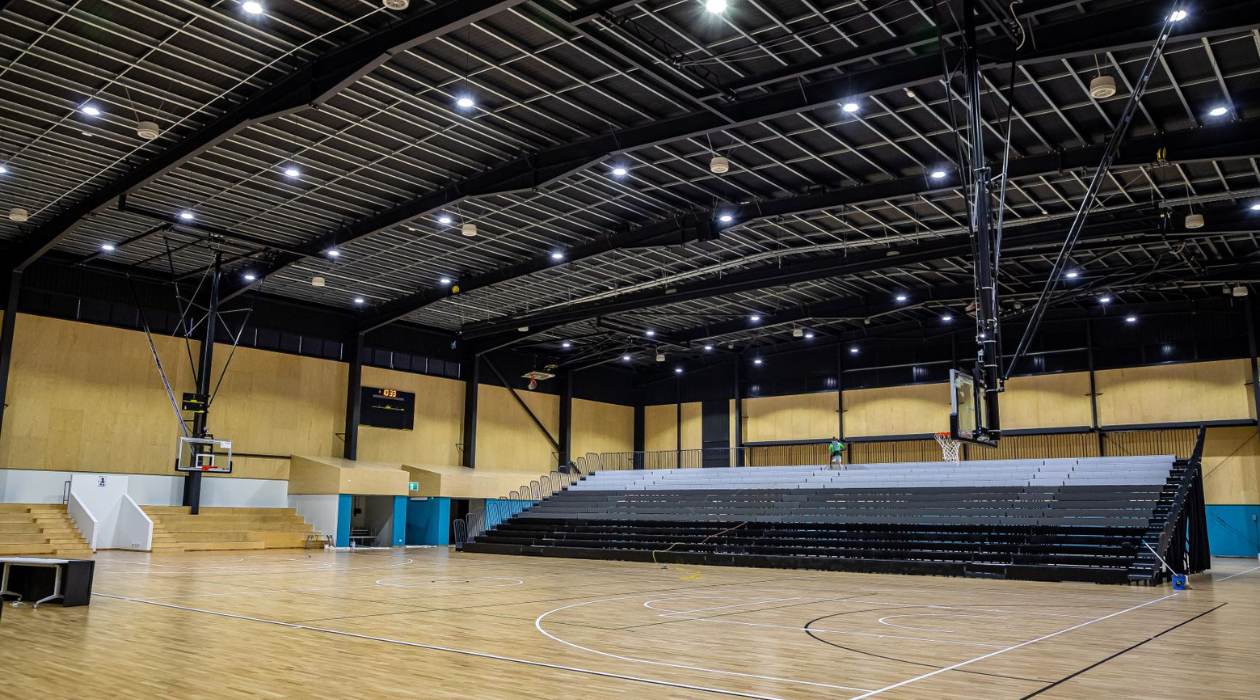
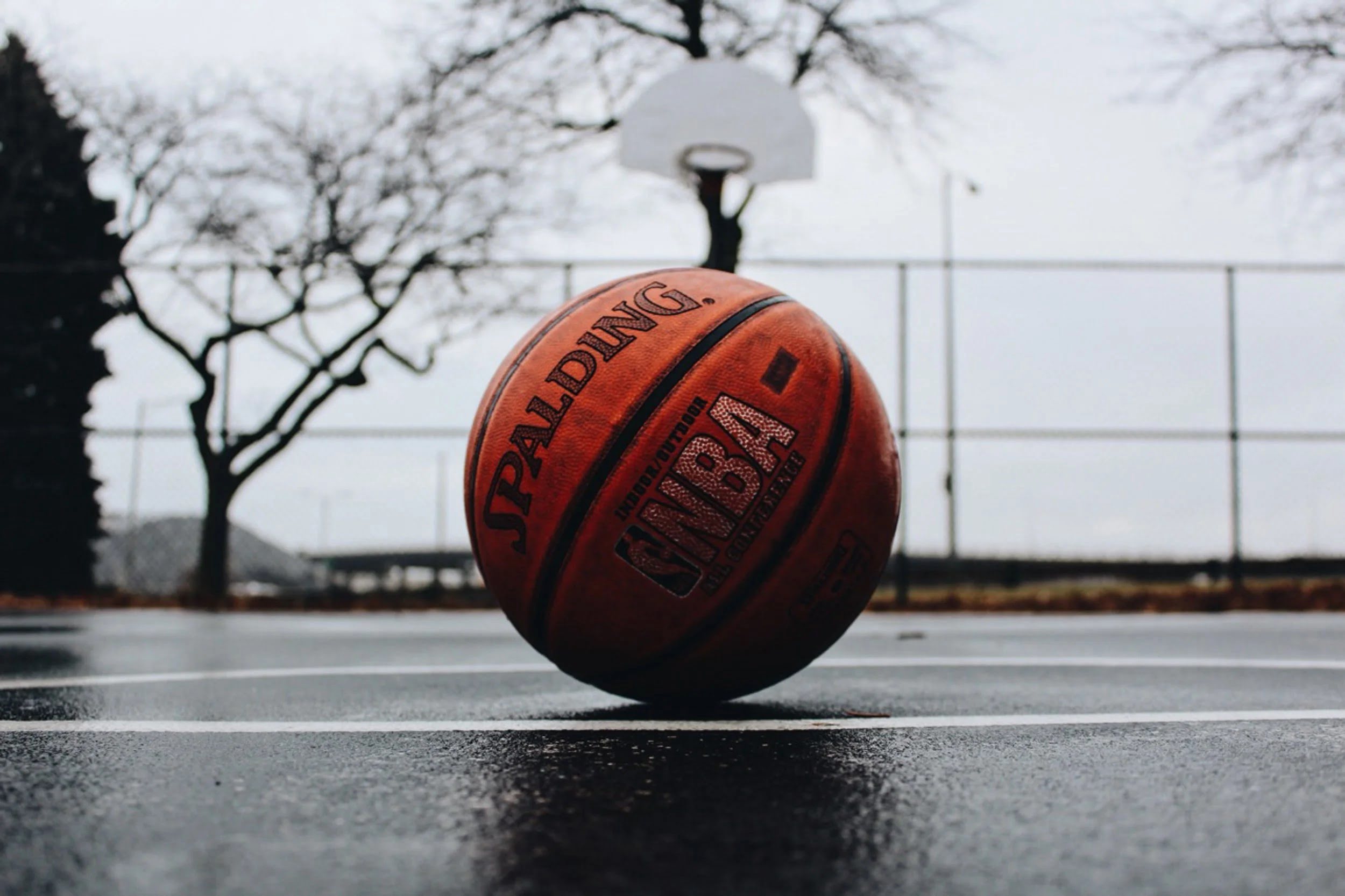
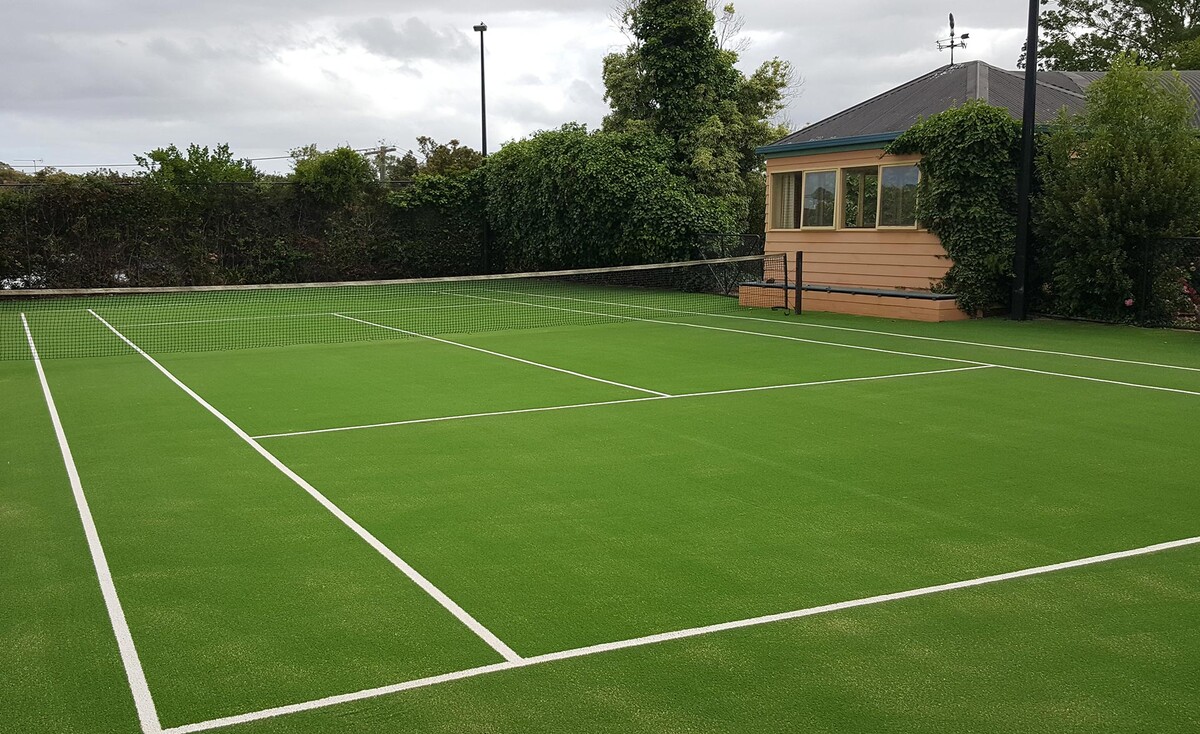
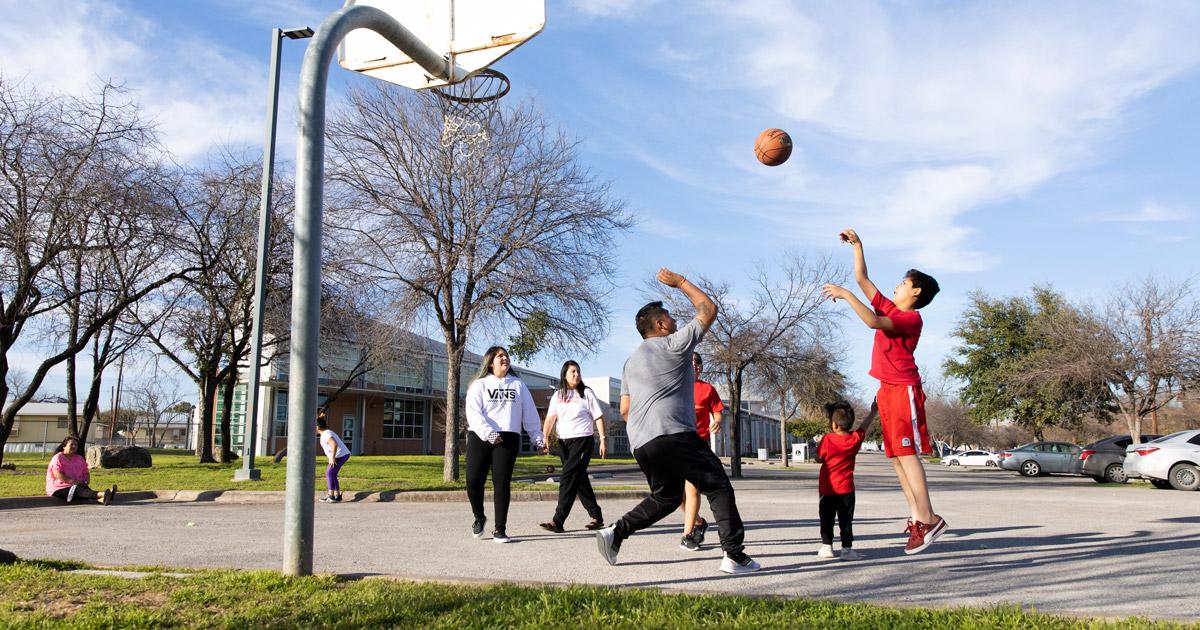

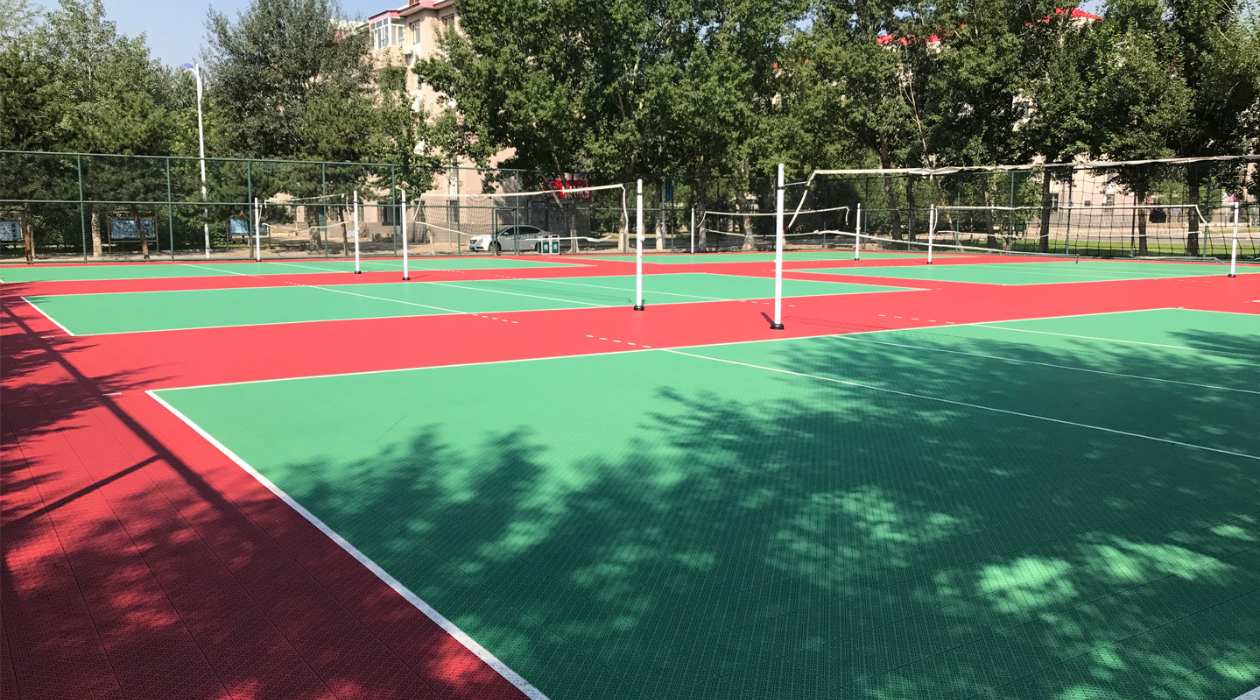
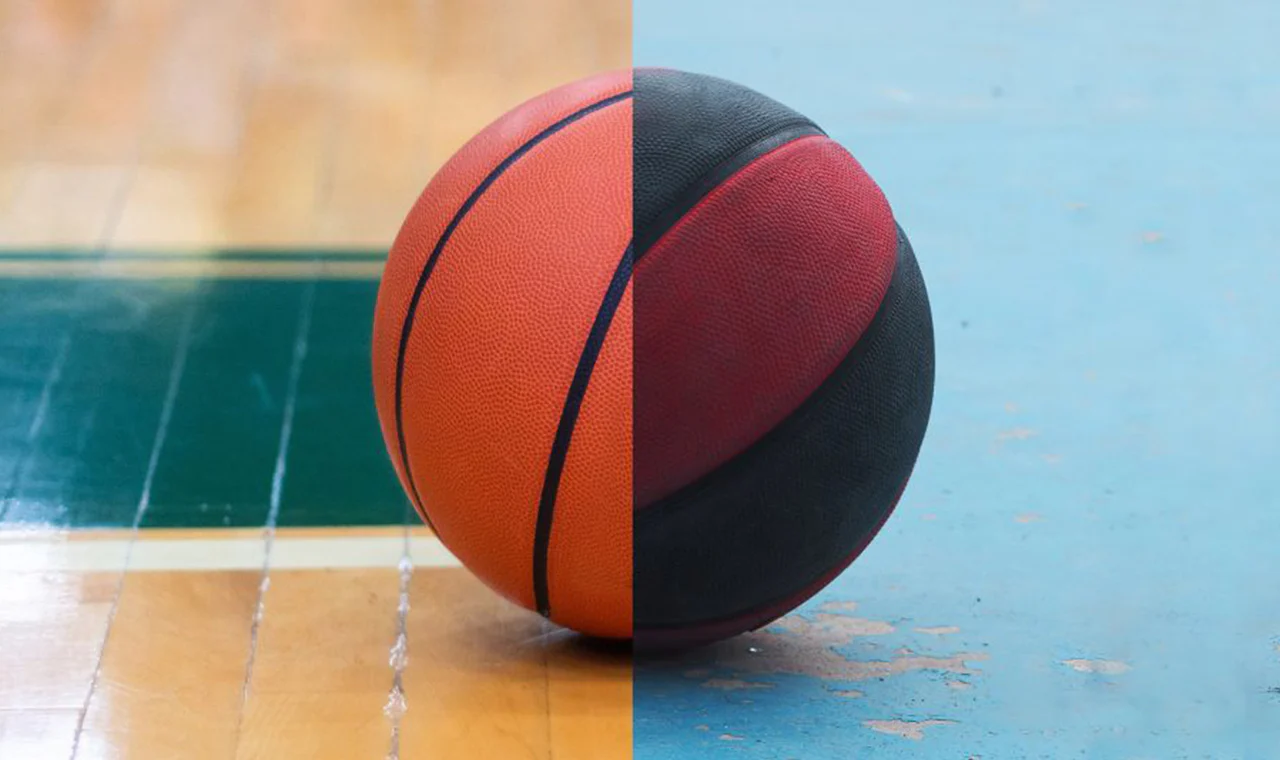
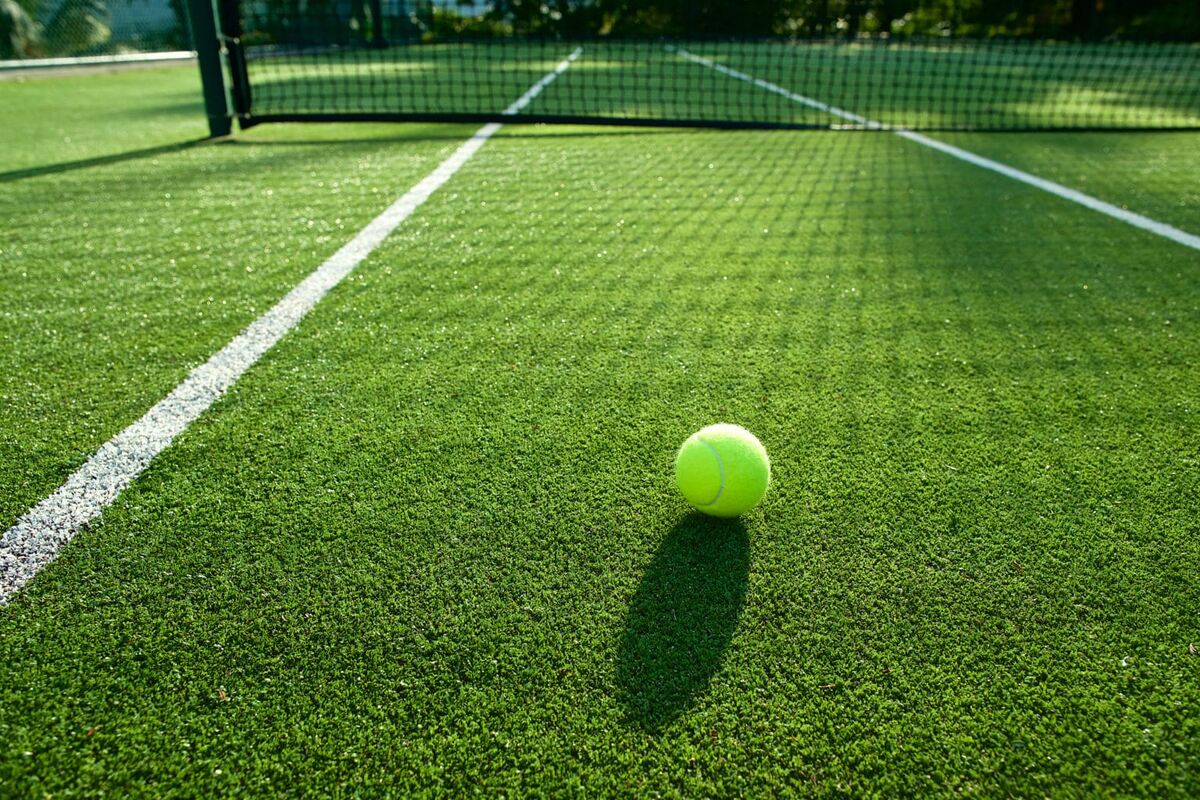
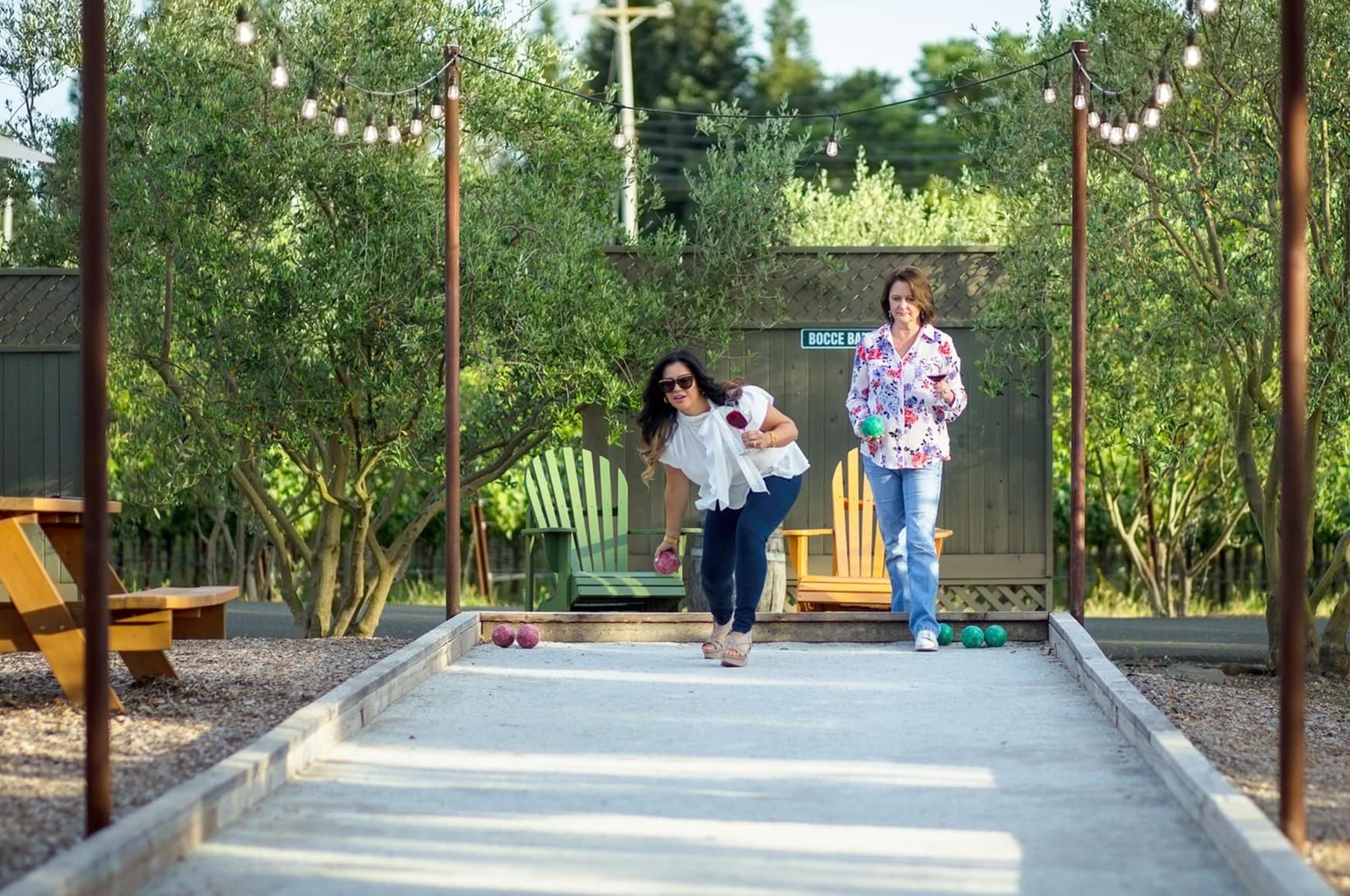
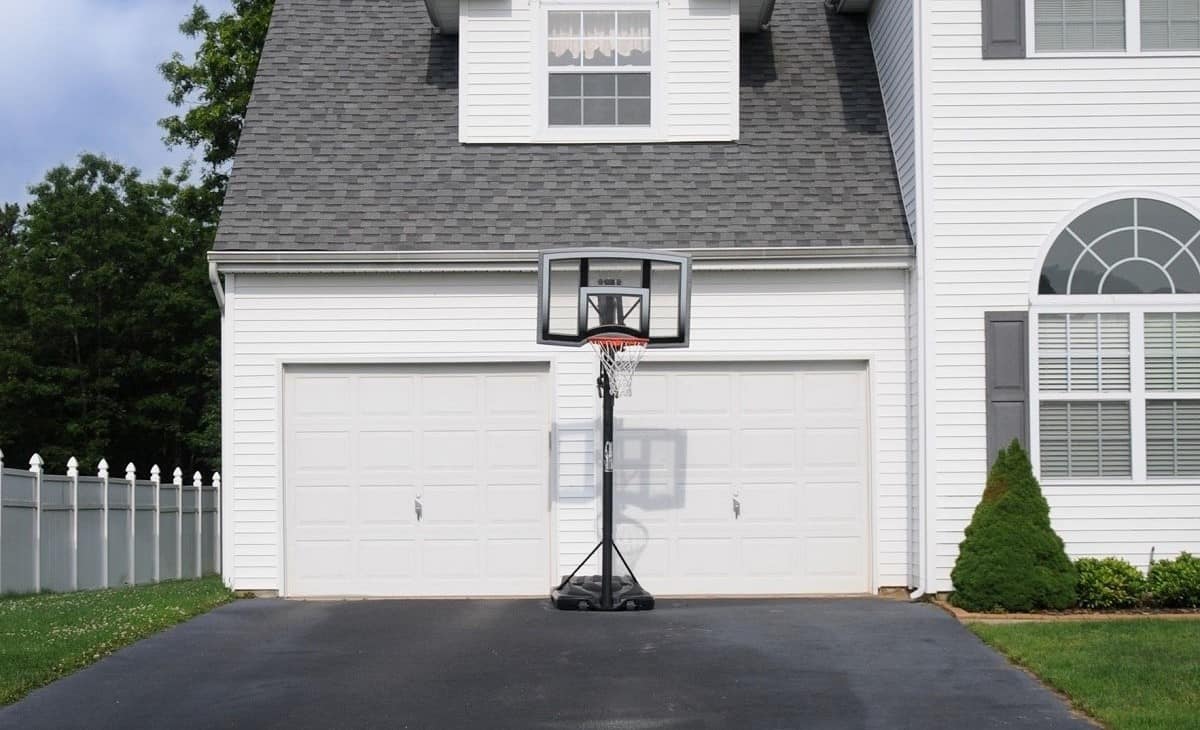
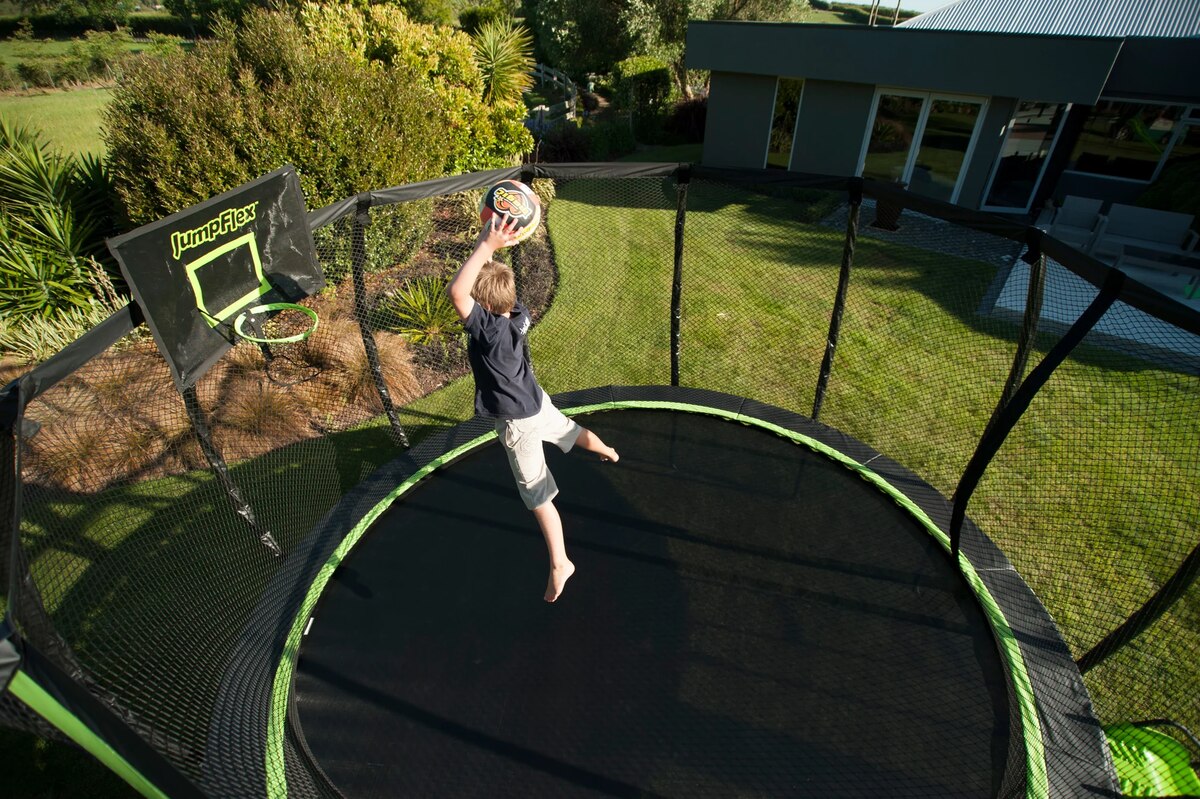
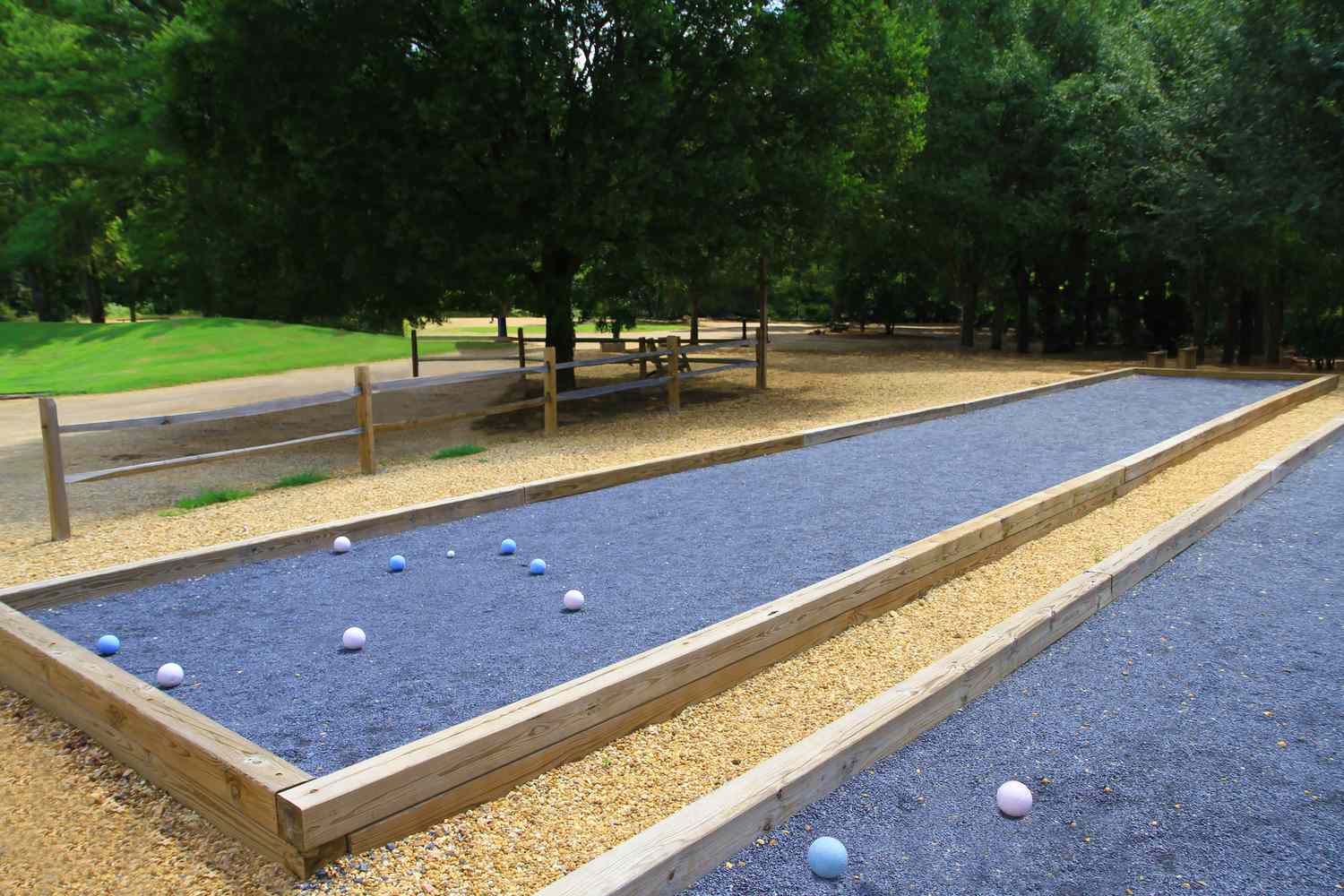
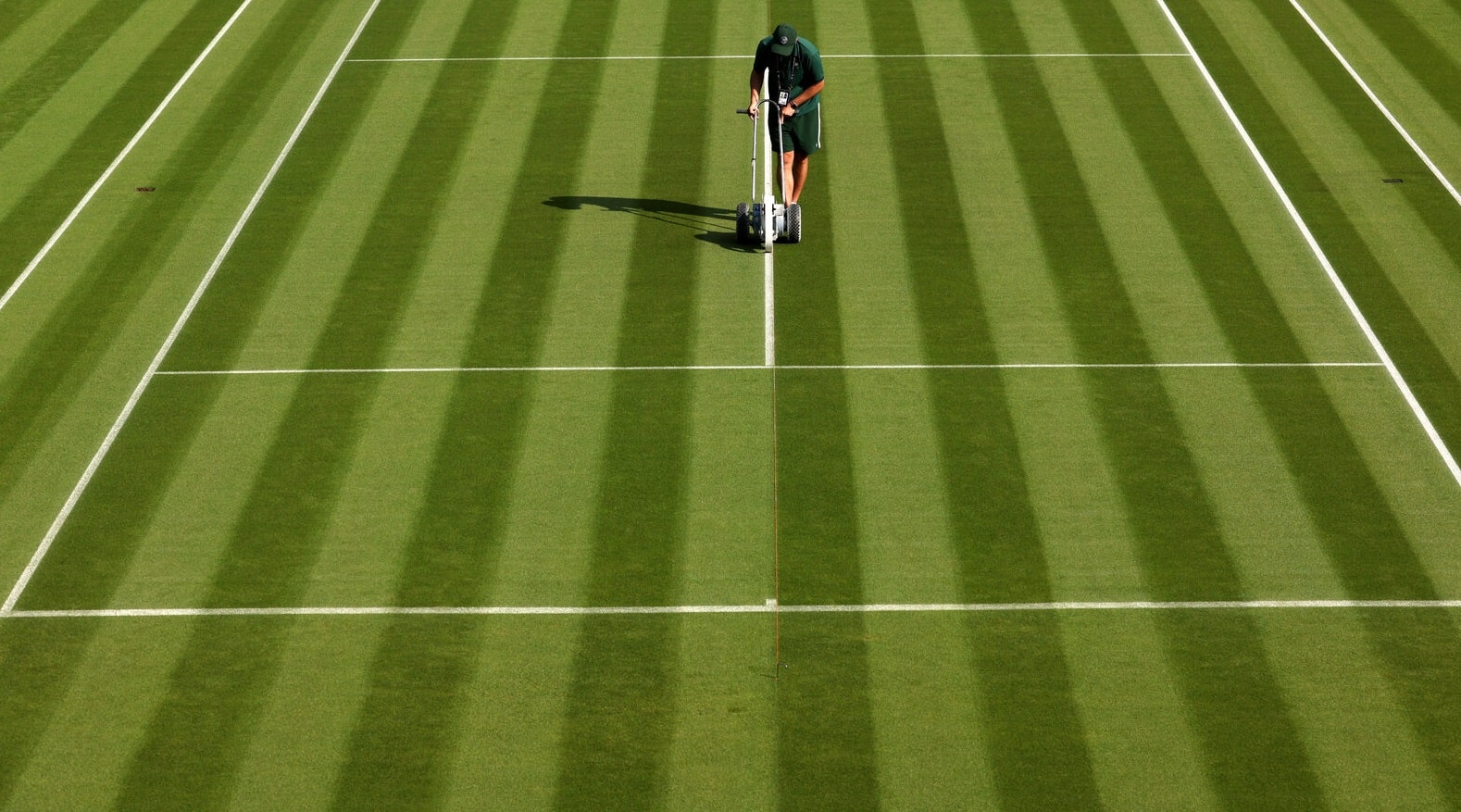
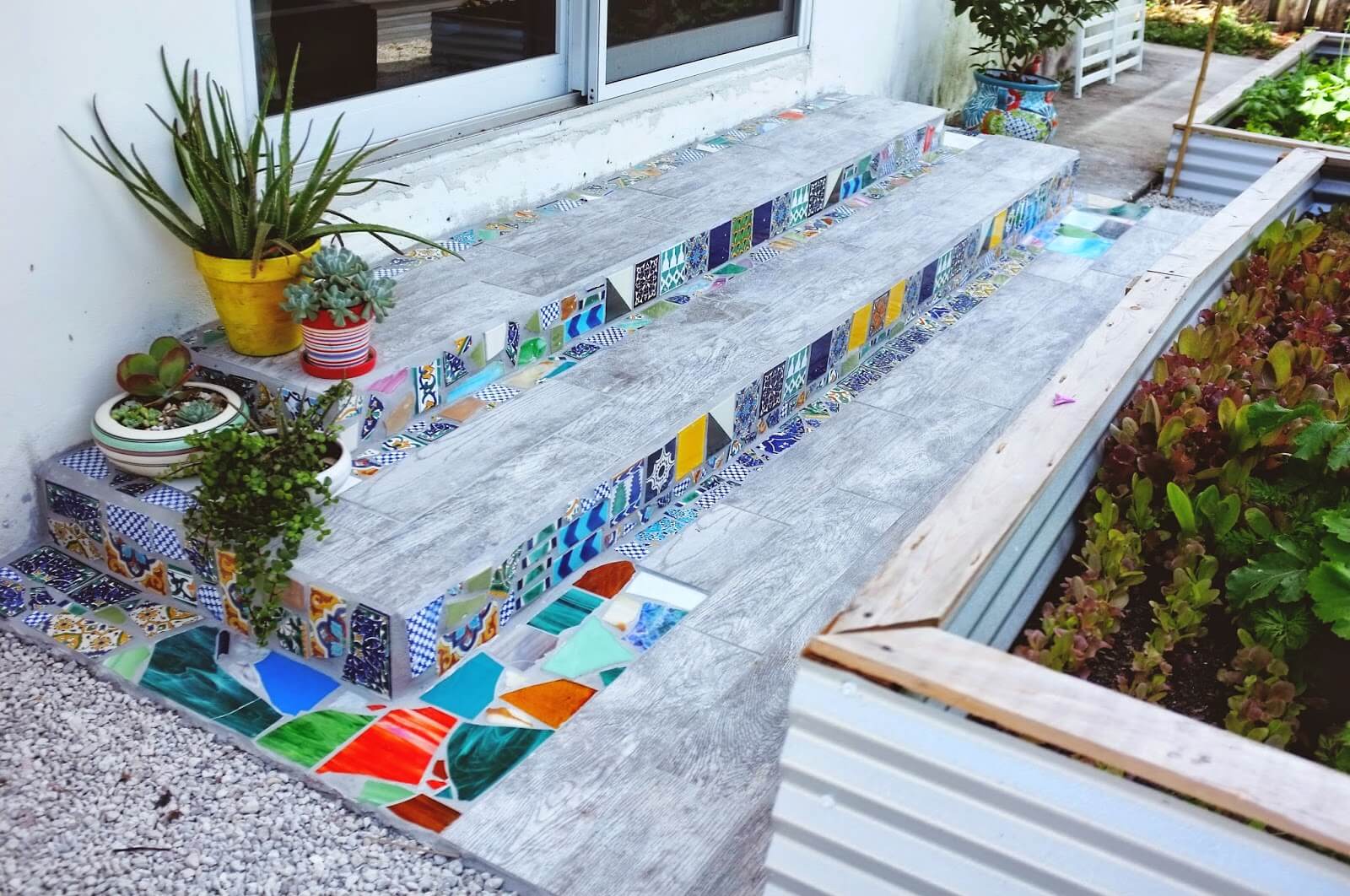

0 thoughts on “How To Make An Outdoor Basketball Court”